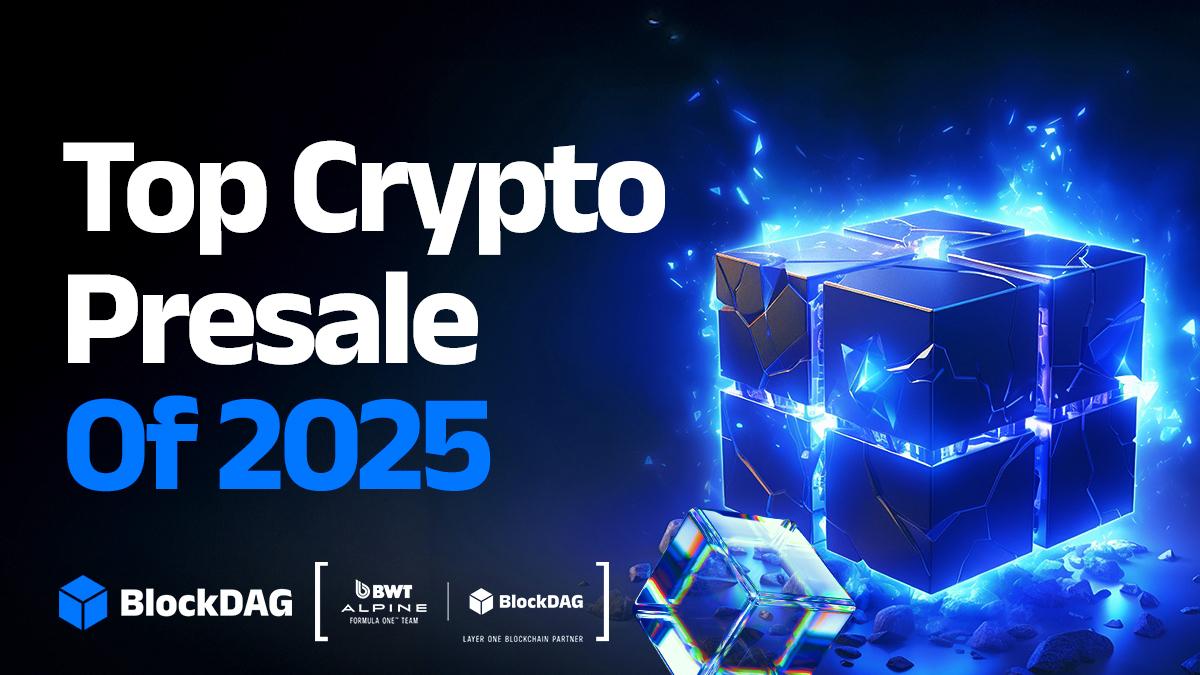The idea that people can trade on the future – from elections to sports scores – has officially gone mainstream.
Two of the world’s biggest prediction platforms, Polymarket and Kalshi, just proved it by pulling in multi-billion-dollar backing and rewriting what the next generation of speculation looks like.
The Numbers Behind the Mania
The surge began when Intercontinental Exchange (ICE), parent of the New York Stock Exchange, quietly led a $2 billion investment into Polymarket, valuing it at a staggering $9 billion. Days later, Kalshi announced a $300 million raise that pushed its own valuation to $5 billion – signaling a market segment no longer confined to crypto’s fringes.
Polymarket’s founder, Shayne Coplan, became one of the youngest billionaires in fintech history after the raise – a symbol of just how fast the industry has evolved since the first blockchain-based betting markets appeared a few years ago.
Two Paths, One Destination
While the companies share the same goal – turning opinions into tradable assets – their philosophies couldn’t be more different.
Kalshi operates entirely within the U.S. regulatory perimeter, offering markets through a traditional clearinghouse model that appeals to retail traders on platforms like Robinhood, which recently integrated Kalshi’s markets into its app.
Polymarket, in contrast, remains rooted in crypto, running fully onchain where every market and position can be audited on the blockchain. Transparency and decentralization are its calling cards.
Their rivalry has quietly become one of the most intriguing duels in financial tech. Kalshi recently flipped the leaderboard, grabbing about 60% of total trading share in September. Yet both platforms hit record volumes, generating more than $1.4 billion in combined activity – proof that the prediction market sector is expanding fast enough for both to win.
Speculation Goes Mainstream
Once dismissed as internet novelty, prediction markets are now bleeding into regulated finance. Kalshi’s link-up with Robinhood gives tens of millions of retail investors access to event contracts, while Polymarket’s blockchain model appeals to a new wave of crypto traders who value transparency over bureaucracy.
What started as a bet on the future has become a statement about the present: speculation isn’t just a corner of crypto anymore – it’s becoming a pillar of how the financial world measures belief, uncertainty, and risk.
The information provided in this article is for educational purposes only and does not constitute financial, investment, or trading advice. Coindoo.com does not endorse or recommend any specific investment strategy or cryptocurrency. Always conduct your own research and consult with a licensed financial advisor before making any investment decisions.
Related stories
Next article
Source: https://coindoo.com/prediction-market-boom-how-polymarket-and-kalshi-are-turning-bets-into-billions/


